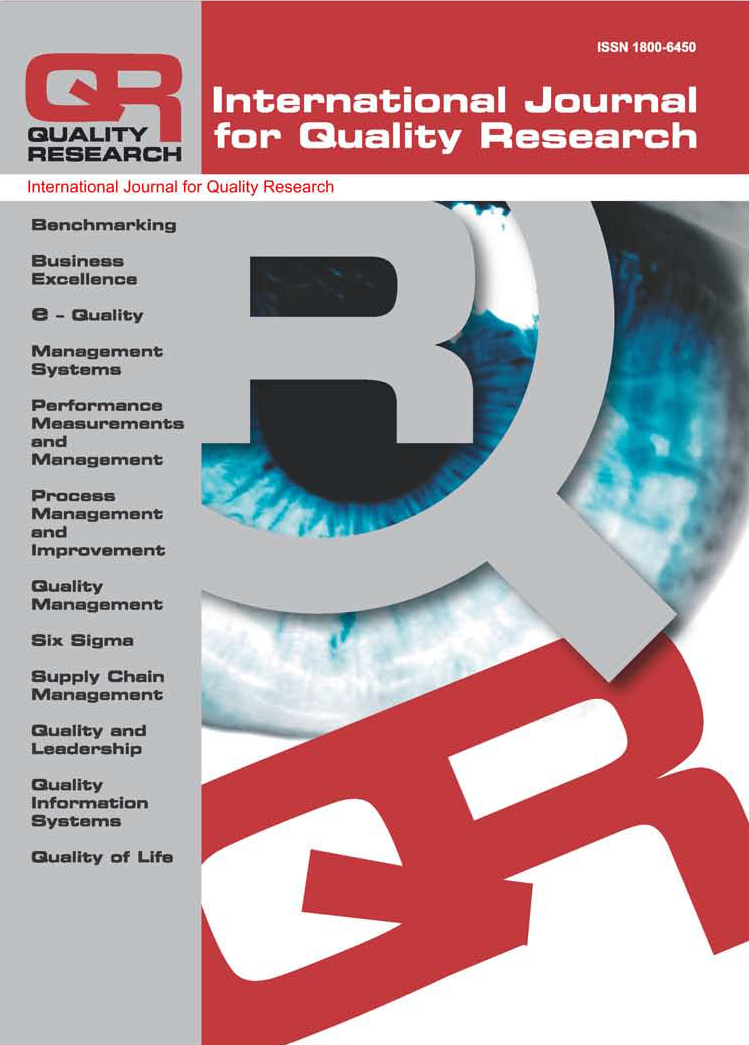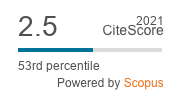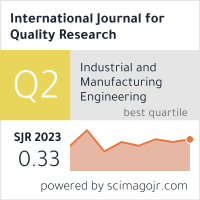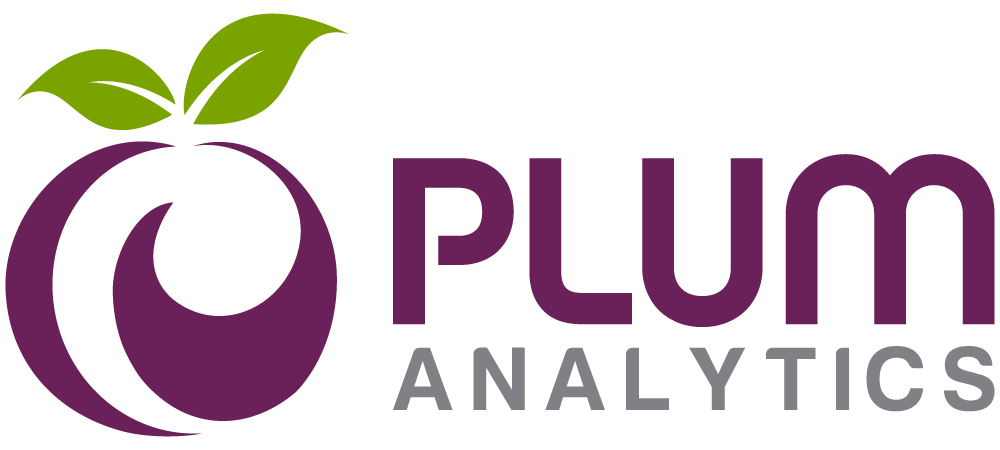THE USE AND APPLICATION OF
ISHIKAWA'S SEVEN BASIC TOOLS IN
EUROPEAN ORGANISATIONS
Olivia McDermottt,
Jiju Antony,
Michael Sony
Abstract: The objective of this research is to explore the statement of Dr Ishikawa that "95% of process problems can be rectified using the 7 Basic tools of Quality".This qualitative study utilising interviews found that only 15% of respondents stated Ishikawas tools could help solve more than 90% of problems related to quality in an organisation, and 40% indicated that the wrong tools had been applied in situations for problem-solving. The main commonly utilise Ishikawa tools was the Pareto diagram across European organisations, while Scatter diagrams alongside the Stratification diagram were the least utilised. The main advantages to utilising the Ishikawas tools of QC in European organisations include: providing a structured approach to problem-solving and helping with solving of problems. Furthermore, this research puts forward critical success factors (CSF's) required for adequately applying Ishikawas tools, including the commitment of management, having an active program for improvement, and a dedicated methodology for problem-solving. This study is unique in Europe in focusing on investigating Ishikawa's statement: "95% of problems in processes can be solved using the 7 tools". The study results aid a critical step to ascertain where the tools are applied, the advantages and CSFs to utilising Ishikawas tools in organisations across functions, and within worldwide organisations.
Keywords: Quality, Quality Management, Quality Improvement, Ishikawa, 7 tools
DOI: 10.24874/IJQR16.04-07
Recieved: 25.06.2021 Accepted: 04.04.2022 UDC: 005.336.3 005.6
Reads: 1327 








